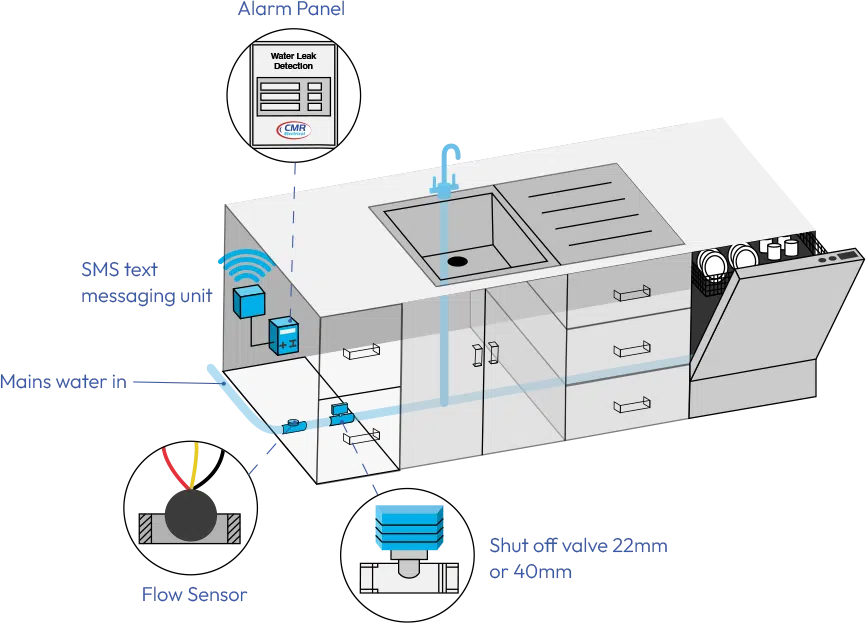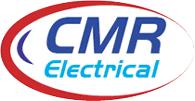 Add My Company
Add My Company
Water leak detection systems play a crucial role in preventing property damage, conserving water resources, and reducing maintenance costs. One key decision when implementing such systems is choosing between individual valve control and common valve control methods. Both approaches have their own advantages and disadvantages. Understanding these differences is essential when selecting the most suitable solution for a given situation. In this article, we will compare individual vs common valve control for leak detection.
Individual Valve Control:
Definition and Functionality:
Individual valve control refers to a system in which each water-using appliance is equipped with its own shut-off valve. These valves can be electronically controlled and actuated to shut off water supply to specific points of use. Check our blog on “Actuated Ball Valves Benefits” to see why CMR electrical switched from Solenoid Valves.
Advantages of individual valve control:
Precision: Individual valve control provides precise leak isolation by shutting off water to the exact point of the leak. This minimizes structural damage and allows for targeted repair.
Reduced Impact: Since only the affected area is isolated, disruptions to unaffected parts of the building are minimized. This ensures uninterrupted access to essential water resources for both drinking and heating purposes.
Disadvantages of individual valve control:
Complex Installation: Installing individual shut-off valves at every fixture requires more extensive plumbing work and may be costlier upfront.
Maintenance: Managing a large number of valves can be more demanding in terms of maintenance, calibration, and potential valve failures.


The image above shows the bottom PCB board of our Water Leak Detection Equipment 5 to 8 zones – Type LD8-2. This set-up shows individual valve control as there are eight orange 12V Power relays for each zone. Each relay will activate and close a specific Ball Shut-off valve.

This is an actuated ball shut-off valve. They come in many sizes to fit different incoming water supply pipes. With the LD8-2 alarm panel, eight valves will be wired to each seperate white terminal block. This will allow individual valve control over 8 separate zones.

Common Valve Control:
Definition and Functionality:
Common valve control, also known as master valve control, involves a single, central shut-off valve that controls the water supply to an entire building or a designated zone.
Advantages of common valve control:
Simplicity: A single valve reduces complexity in both installation and maintenance. This makes it a more straightforward option for smaller buildings or simpler plumbing systems.
Cost Efficiency: Common valve control systems are generally more cost-effective for smaller installations due to fewer components and less intricate setup.
Disadvantages of common valve control:
Less Precision: In case of a leak, a common valve control system shuts off water to the entire building or zone. Residents won’t have access to clean, potable water for drinking, cooking, and personal hygiene. Without water, toilets cannot flush, and sanitation can become a problem. Many heating systems use water as a heat transfer medium, so a lack of water can affect heating in the building.
Conclusion
The choice between individual vs common valve control for leak detection depends on various factors including the scale of the building, budget considerations, maintenance capabilities, and the desired level of precision. While individual valve control offers pinpoint accuracy and tailored responses, common valve control is more straightforward and cost-effective for smaller installations. Organizations should carefully evaluate their priorities and requirements to determine which approach aligns best with their goals for leak prevention and water conservation.
For more information on INDIVIDUAL VS COMMON VALVE CONTROL FOR LEAK DETECTION talk to CMR Electrical
